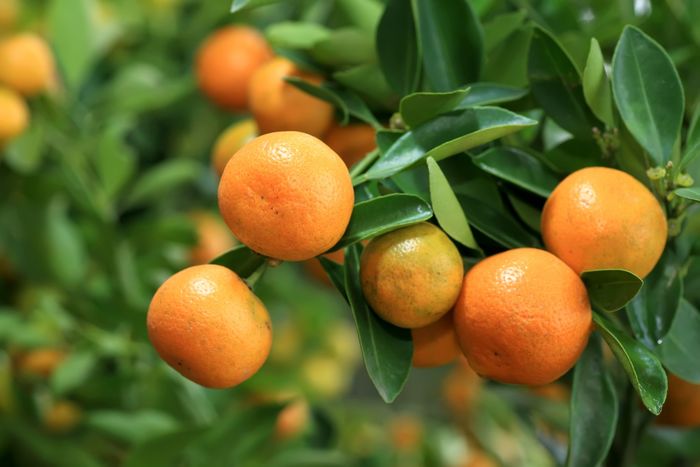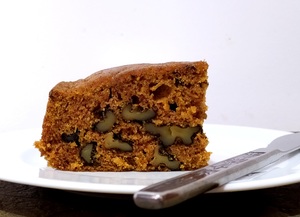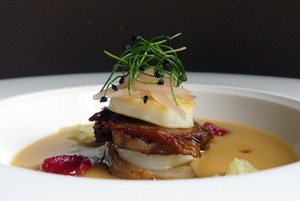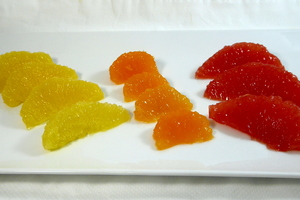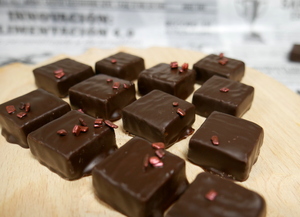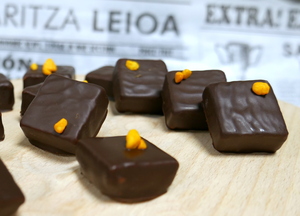Mandarin oranges
Seasonal period:
January, February, March, August, November, December
The mandarin orange is the fruit from the tree of the same name, which belongs to the Rutaceae family, with similar characteristics to a regular orange tree, although smaller and more delicate. This family has more than 1,600 species. The Citrus genus to which this fruit belongs, is the most important of the family and it has 20 species with edible fruits, rich in vitamin C, flavonoids and essential oils.
These fruits are quite unusual, as their pulp is made by many sacks filled with juice.
The mandarin orange is considered to be the closest fruit to oranges. Its small size, more aromatic taste and easiness to peel make it a very appreciated fruit.
Nutritional information (0.1 kg)
Energy
43.0
kcal
Carbohydrates
9.0
g
Proteins
0.8
g
Lipids
0.2
g
Sugars
9.0
g
Salt (Sodium)
2.0
mg
Folic acid
21.0
ug
Vitamin C
35.0
g
Vitamin A
56.0
ug
Zinc
0.4
mg
Iron
0.3
mg
Calcium
36.0
mg
Cholesterol
0.0
mg
Polyunsaturated fatty acids
0.0
g
Monounsaturated fatty acids
0.0
g
Saturates
0.0
g
Fiber
1.9
g
The data is merely a guide and should not be used for medical purposes. Those responsible for the web disclaims any responsibility.
Recipes
-
Type of dish
- Beers
- Cocktails
- Breakfasts and brunch
- Burguers
- Juices, milkshakes and beverages
- Shellfish
- Bread and pastries
- Pizzas, patty
- Dessert
- Pasta
- Sándwich
- Pastries
- Finger foods
- Ice creams and sorbets
- Legumes
- Salads
- Eggs
- Patty
- liqueur
- Harvard plate
- Main course
- Meats
- Fish
- Birds
- Vegetables
- Soups and creams
- Rices
- Coffee, chocolate and infusion
- Cheeses
- Appetizers and canapes
- Temperature
- Cuisine type
- Additional culinary preparation
- Conservation technique
- Seasonal recipes
-
- Aromatic herbs
- Beverages
- Big game hunt
- Bread and pastries
- Canned goods and pickles
- Cereals
- Condiments, spices and additives
- Cooked, salted, preserved and cold meats
- Dried fruits and nuts
- Dry pulses
- Edible oils and vinegars
- Eggs and derivatives
- Feathered game hunt
- Fish cuts
- Fishes
- Insects
- Kitchen and bakery tecniques
- Kitchen and bakery utensils
- Meat cuts
- Meats
- Milk, cream and derivatives
- Mushrooms
- Offal
- Pasta, rice, flour and derivatives
- Poultry
- Seafood
- Service techniques
- Service utensils
- Vegetables cuts
- Vegetables, fruits, tubers and seaweed

